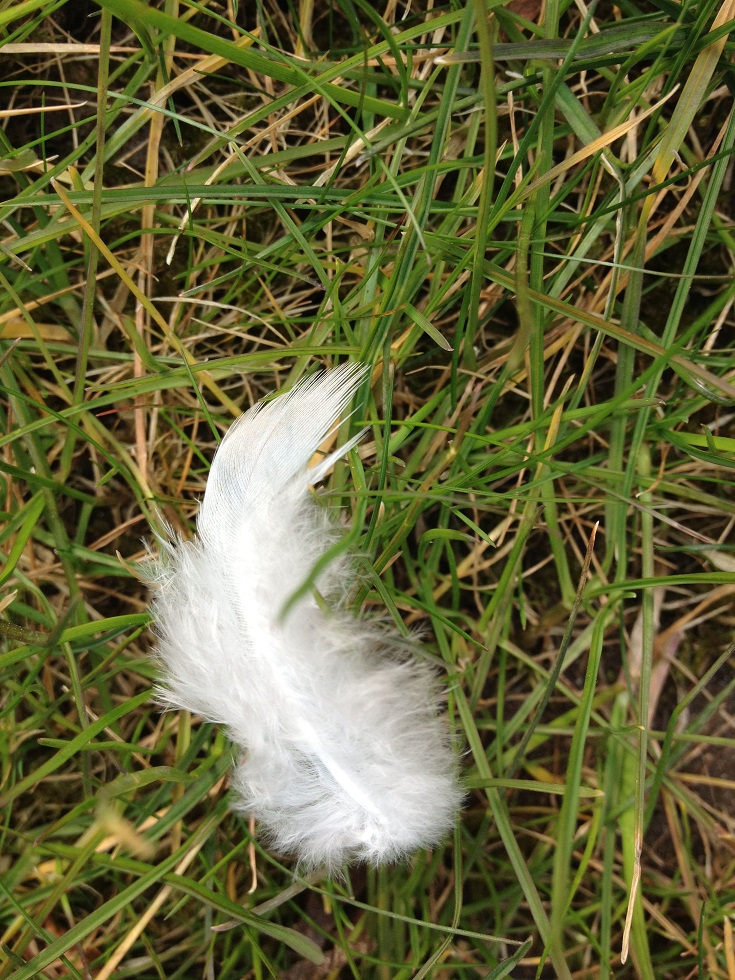We need some music for this story
Carlos Norman Hathcock II was born in Little Rock, Arkansas, in 1942, and grew up in the town of Wynne, which is about an hour and a half away. He lived with his grandmother during the first 12 years of his life, as his parents were separated.
It was during a trip to visit family in Mississippi that Hathcock first became interested in guns and hunting. Part of this was simply a necessity; his family was very poor and he needed to help feed them by bagging game in the forest. Hathcock greatly enjoyed his time in the woods, often pretending that he was an American soldier hunting down the Japanese during World War II using his father’s Mauser from the war.
Hathcock personally estimated killing somewhere between 300 and 400 Vietnamese communists. So incensed were the Vietnamese communists by Hathcock, that they put a bounty on his head – to the tune of $30,000, which is worth about a quarter million dollars in today’s money. It was also wildly above the bounties typically offered for snipers, which ranged from a princely $8 all the way up to $2,000. Hathcock’s bounty held the record for the highest of all time, and he capably disposed of every North Vietnamese agent sent out to collect the bounty.
Hathcock was also responsible for killing a Vietnamese woman, known as “The Apache Woman,” who had a reputation for viciously torturing captured Marines.
Much like The Cobra, this was a personal mission. He couldn’t stand the idea of this woman operating in his backyard. On one occasion, he personally heard her severely torture a Marine Private – skinning him, cutting off his eyelids, removing his fingernails, and finally castrating him before releasing him. Hathcock rushed to his aid, but was unable to save the poor private, who was too far gone for medical attention.
The End of Hathcock’s Sniper Career
Everything came to a quick and crushing end for Hathcock when his transportation drove over an anti-tank mine. Hathcock rescued seven Marines from the wreckage, undeterred by the third-degree burns he suffered to his face, neck, arms, and legs. Someone had to pull him away from the burning vehicle and throw him in water, as Hathcock was completely unaware of how badly he was burned.

A friend once presented him with an Ernest Hemingway quote, “Certainly there is no hunting like the hunting of man, and those who have hunted armed men long enough and like it, never really care for anything else thereafter.” This resonated with Hathcock, who said, “He got that right. It was the hunt, not the killing.” He also wrote in his memoirs that “I like shooting, and I love hunting. But I never did enjoy killing anybody. It’s my job. If I don’t get those bastards, then they’re gonna kill a lot of these kids dressed up like Marines. That’s the way I look at it.”
The old enemy
fight them over there or fight them here
I read that someplace
